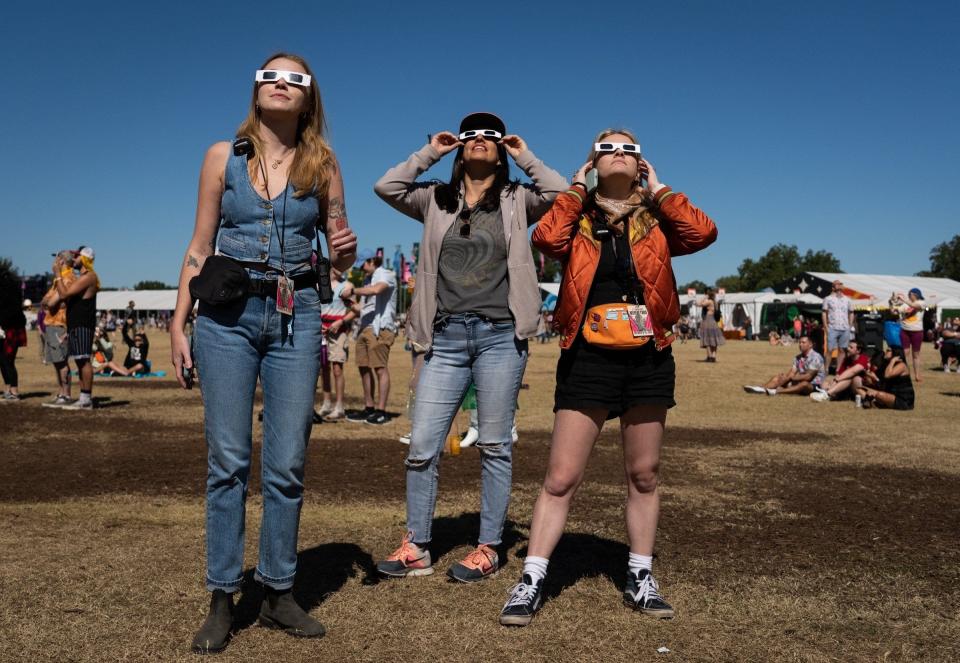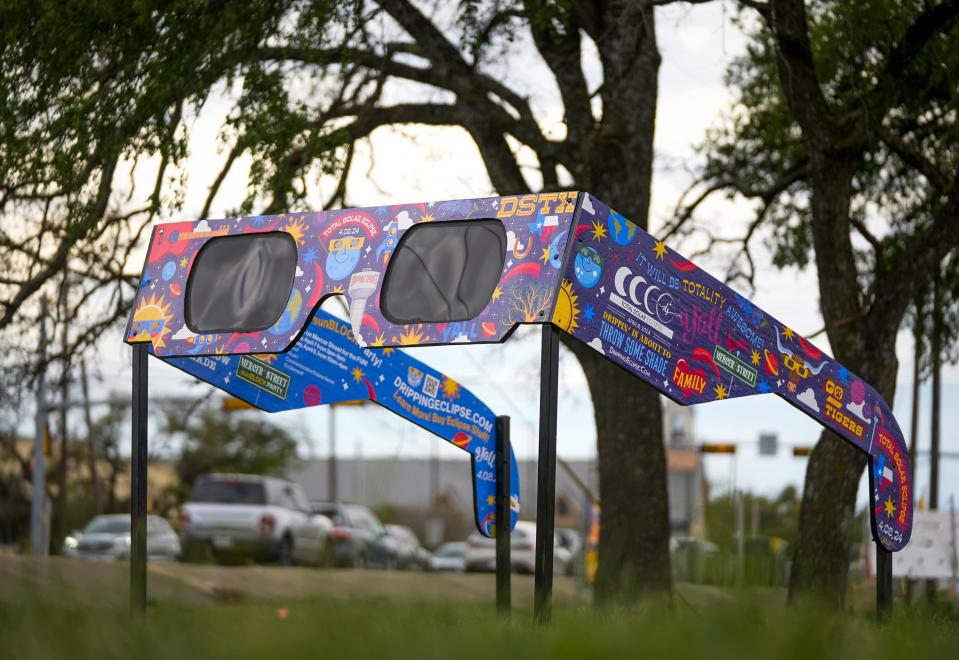Do you need ISO-certified solar eclipse glasses? Texas ophthalmologists share viewing tips
Central Texas is getting excited about the total solar eclipse heading our way April 8. Many local schools will be closed. Travis County officials have issued a disaster declaration because of the 100,000 to 1 million people they expect to come to the area to see the eclipse. And We Are Blood, our blood bank, will be asking for additional donations heading into the eclipse because of the number of people expected.
With all of this excitement comes the big warning: You could burn your eyes out.
Can I use eclipse glasses?
If you are going to use eclipse glasses, visually inspect them for damage and make sure they say they are ISO 12312-2 international standard glasses, which have approved filters to block the sun. Make sure the glasses are not older than three years.
Ophthalmologists recommend that you not look at the sun, even with the glasses, said Dr. Sudhir Shenoy, an ophthalmologist at Baylor Scott & White's Round Rock Clinic.
If your glasses are damaged, they might not protect you, he said. Also, a lot of counterfeit glasses are out there.
If you do use these glasses, you should not look at the sun for more than three minutes at a time. Look down before removing the glasses.

Why is looking at the eclipse dangerous?
By looking directly at the sun, you could burn a hole in the retina, a layer of cells at the back of the eye that senses light and sends signals to the brain so you can see.
Think of it like that scene in "Toy Story," in which the bully uses a magnifying glass to burn a hole in the doll. That's the sun burning a hole in your retina. The longer you look directly at the sun, the more damage you can allow.
This hole would be irreversible, said Dr. Sudhir Shenoy, an ophthalmologist at Baylor Scott & White's Round Rock Clinic.
"This solar retinopathy damages all the nerves that are there," he said. "It is permanently damaged."
This kind of retinopathy is tricky because you might not feel anything at the time, Shenoy said, but then it shows up as a blind spot up to six months later.
Though he doesn't want to be a Debbie downer, Shenoy said, "I'm out here trying to protect people's retinas."
He encouraged people to look indirectly at the eclipse and watch the shadows that develop as it progresses.
"There are still ways of experiencing it," he said.
Find your spot: Where are the best spots to view the total solar eclipse in Texas? Here are a few options
Is looking at the sun dangerous only during an eclipse?
No. Anytime you look at the sun directly, you could damage your eyes, Shenoy said. We just don't often look directly at the sun unless something cool is happening like the moon passing between it and the Earth during a total solar eclipse.

What about using other glasses or cameras?
Do not look at the sun using:
Regular sunglasses.
The glasses you get at the eye doctor's office.
Binoculars.
Telescopes.
Cameras, even smartphones.
Welding helmets.
How can I see the eclipse?
Instead of directly looking at the sun, look at it indirectly. Watch the shadow being cast by looking at the ground through something with holes in it. NASA recommends using an index card or a box with a pinhole in it, or a colander for pasta, a straw hat or a slotted spoon. You also can overlay your fingers like a hashtag and look through the holes onto the ground.
Or you can observe the shadows being cast by the eclipse on things such as the leaves of a tree.
This article originally appeared on Austin American-Statesman: How to view total solar eclipse in Texas. Ophthalmologists share tips.

